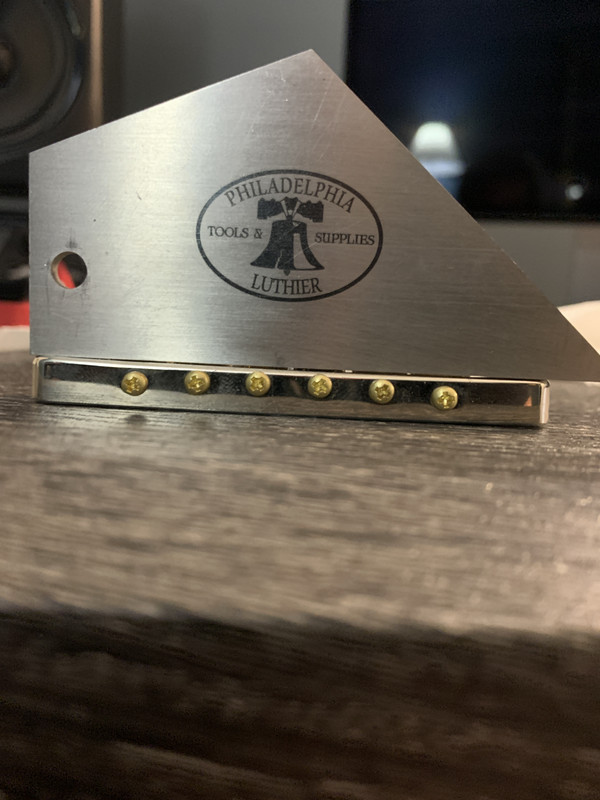I can’t remember if I had posted about it here or not, but I noticed this on my ‘19 bridge recently, too. I was also noticing that the open string sustain was, not bad, but maybe not as good as it should be for a guitar of such quality, and the low strings were warm sounding and not as piano-like as I’d have preferred. Always thought it was just the guitar, but for the heck of it one day I decided to swap out the bridges on the core and S2, and whaddya know, the core bridge was bent. Totally came alive with the S2 bridge, to my surprise.
I tried to hand bend the core bridge back some, and didn’t visually see where I’d made a difference, but the guitar still rang out longer and clearer am when I put the core bridge back on. For peace of mind, I ordered a new bridge from PRS and put it on, and it’s still sounding fantastic.
I assume that the bend was creating a bad contact point on the thumbwheel post and affecting vibration transfer. Maybe adjusting the bridge up, or the tailpiece down, under string tension could’ve done it? But I kinda think mine was always like that (purchased new) because it always sounded that way, and now it sounds better. Don’t get me wrong, it sounded good before, but there was always that little something.
The new bridge I got from PRS had the triangular cross section saddles, rather than the block style, which I found interesting, the accessory store even shows the block saddles. TBH I prefer the triangular saddles, so, cool. The bridge itself is plated/polished on the bottom, whereas the older one that bent was raw, unpolished - interested to see if the others that bent are like that.



